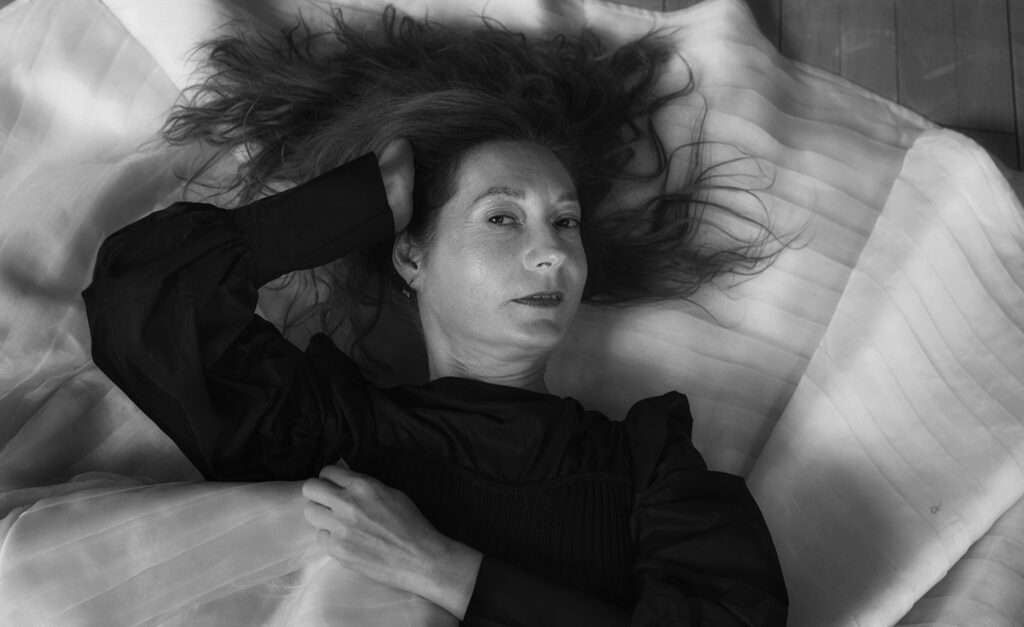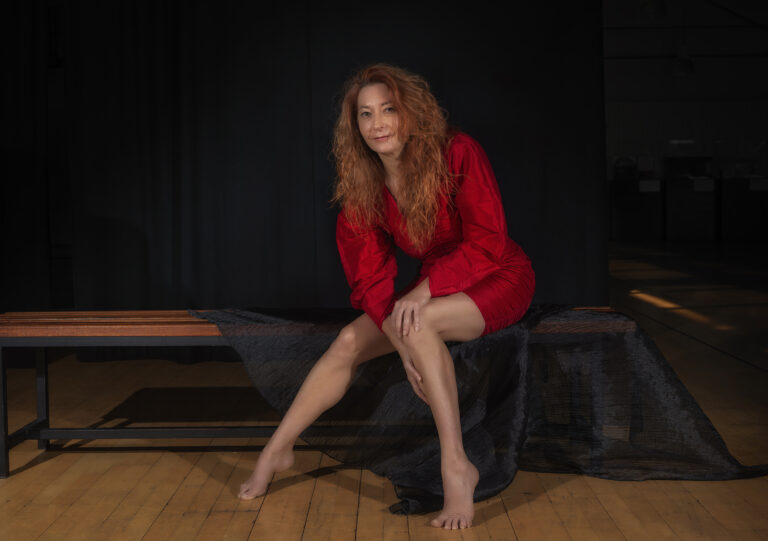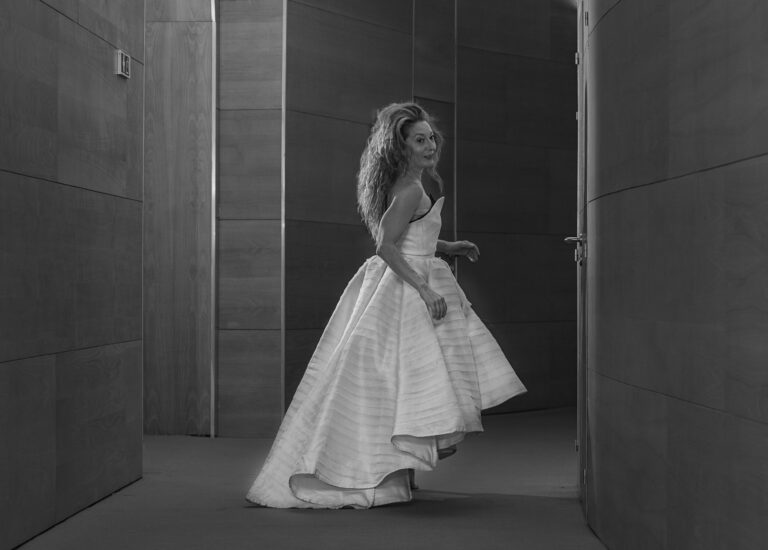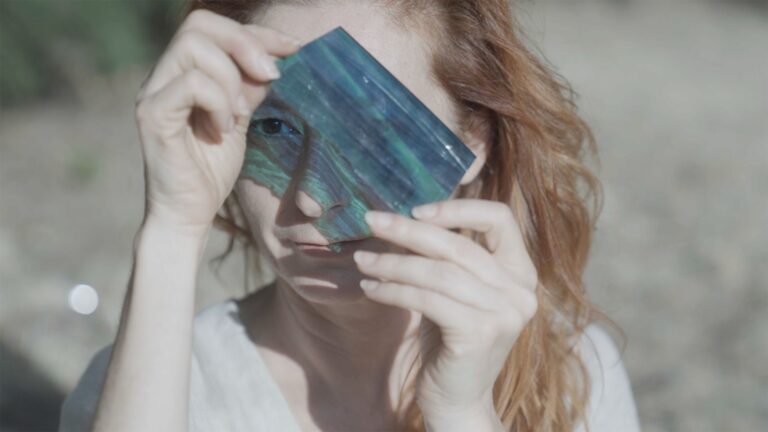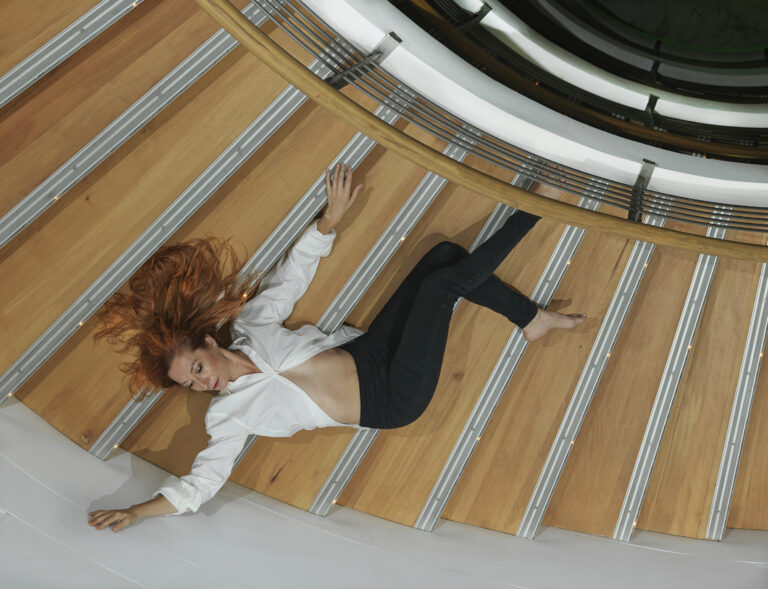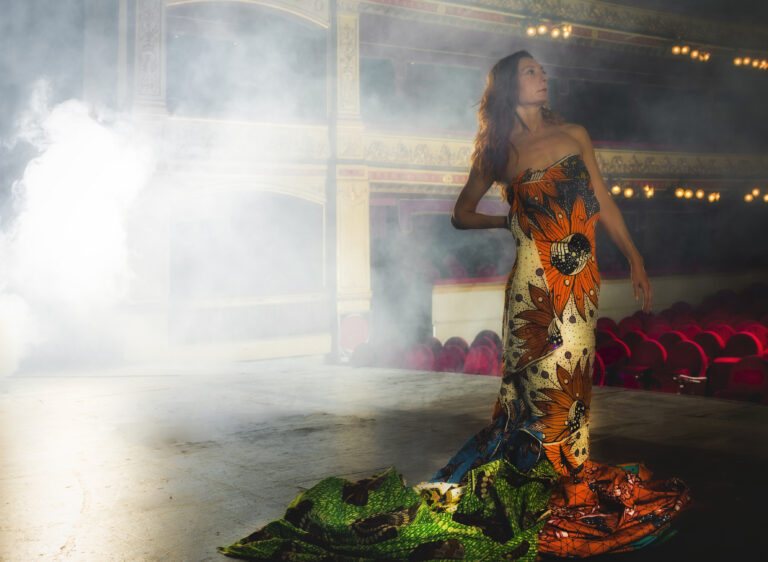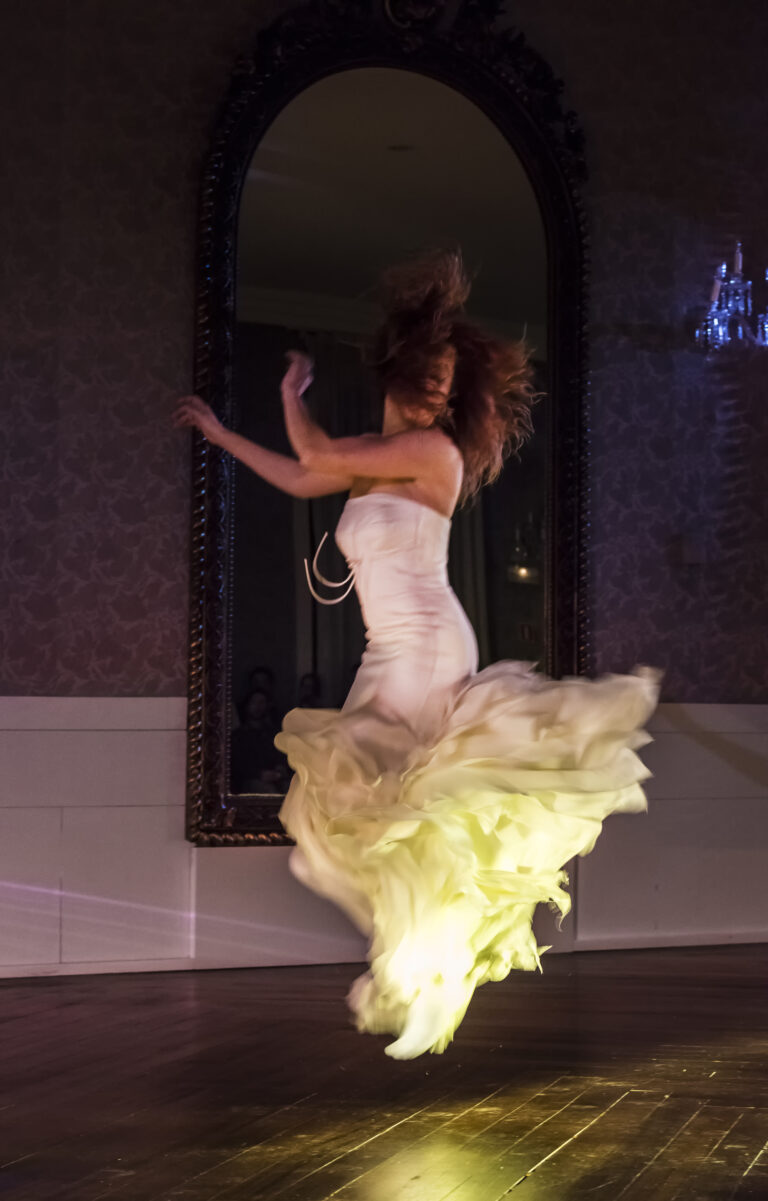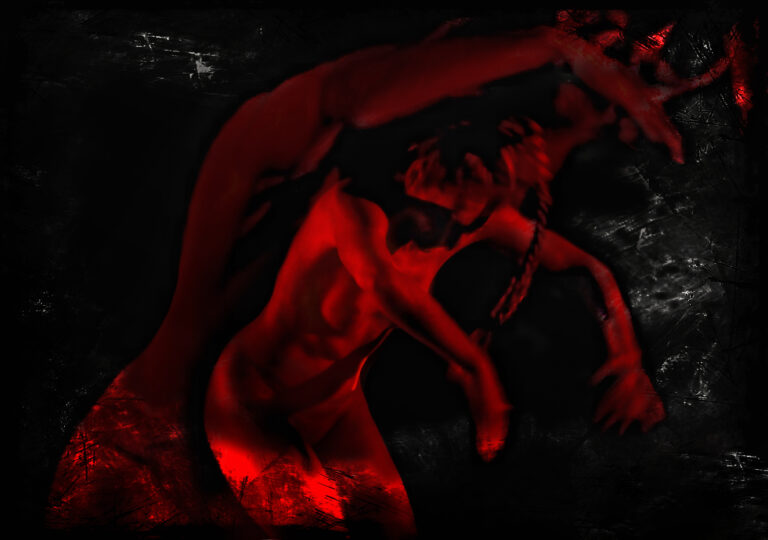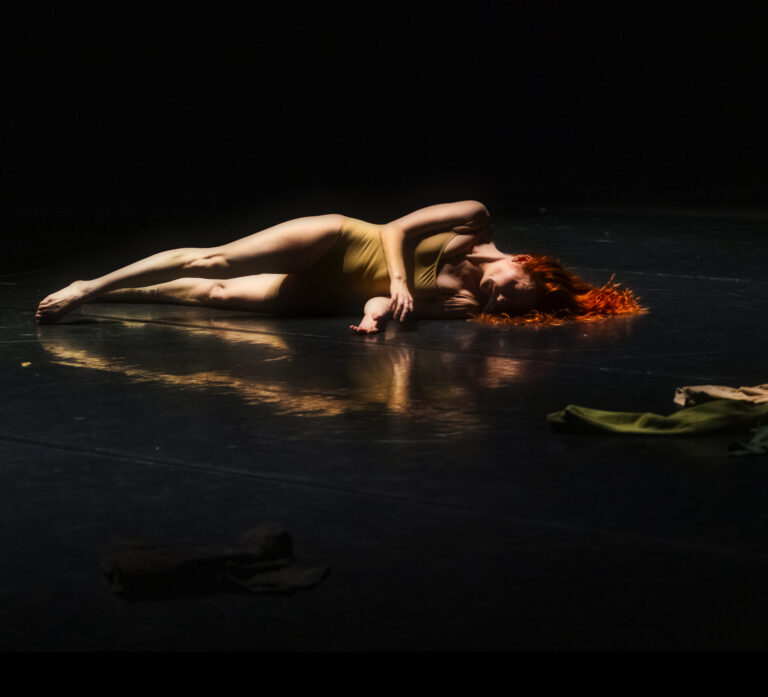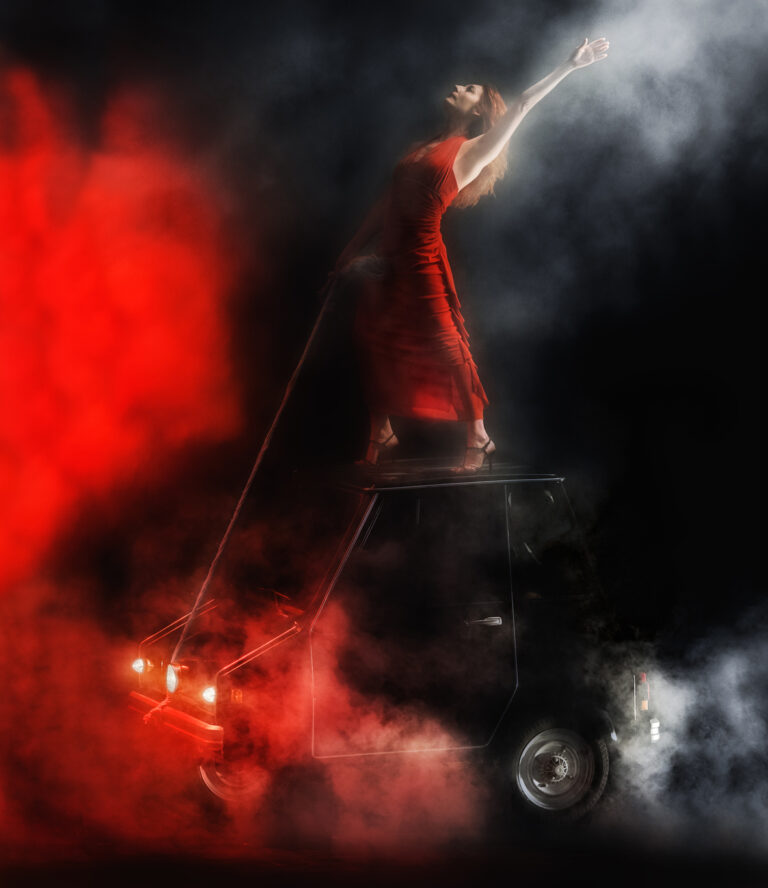ALICIA SOTO
ARTographie. Artist-Researcher-Pedagogue
Graduated from the Dance Conservatory of the Institut del Teatro Barcelona in Choreography and Performance (1992). Between 1992 and 1994. Scholarship from the Generalitat de Catalunya for postgraduate studies at the prestigious University of Arts, Folkwang Dance Studio, Essen, Germany, under the direction of Pina Bausch. She completed her training in classical dance, contemporary dance and theatre with great national and international masters and took advanced courses in contemporary dance at the School ‘The Place’ (London).
One of the most decisive milestones for Alicia in her leap from dancer to choreographer was the success in 1990 of her first professional choreography at the “Maratón del Espectacle’” Festival at the Mercat de les Flors, Barcelona, which received an excellent review in the newspaper La Vanguardia.
In 1994 she co-founded the company Soto-Hojarasca and later, in 2000, she took on the artistic and choreographic direction on her own. As a director, she has created more than 30 shows, 2 video creations of media-dance and 3 video-dance.
In 2014 she became a Researcher at GECAPA, Research Office of the University of Lisbon, Fundação Ciência e Tecnologia and in 2017 she is a member of the Jury of the Max Awards, National Awards for the Performing Arts in Spain, organised by the SGAE Foundation. In 2016, she also joined the Spanish Academy of Performing Arts as Delegate of the Dance Speciality, from where she collaborates in the edition and publication of III volúmenes sobre la historia de la Danza contemporánea en España, she is the promoter of the edition of the book Poéticas de Creación (2022) and directs and coordinates 15 Diálogos de danza, a meeting between two choreographers from different dance specialities, with the public, about the creative process of the choreographer and choreographer.
Critics highlight that her creation is original and open about an encounter between dance and theatre, based on dramaturgy, often using multimedia and new technologies in a continuous search for the language of dance in creations based on transdisciplinarity. Alicia Soto has developed very personal scenic forms, promoting the poetic fusion of performative languages, involving the community and encouraging the formation of a wide and eclectic audience.
Throughout her career Alicia Soto has worked tirelessly to promote dance both in Spain and abroad . Throughout her career she has worked in three fundamental lines of work:
- Artistic creation. She invites the audience to reflect on different aspects of society or states of mind from a critical or participatory point of view. Alicia always takes as her starting point the idea of an active audience. She has produced dozens of national and international productions and has collaborated with companies, creators and relevant institutions.
- Artistic Residencies.
- In rural areas. She has always advocated the importance of the decentralisation of the arts in cities, which allows the democratisation of art, favouring access to culture outside urban centres and promoting the modernisation of ideas, criteria and the acceptance of difference and diversity. In this line, Soto-Hojarasca CO has been resident artistic company in small towns such as Sasamón, Burgos (1994-2005) or Serrada, Valladolid (2005-2014 / 2020-2025). It was in the latter location that she launched an ambitious project in 2023, Un paso adelante, in which more than 30 activities were organised in 12 municipalities of Valladolid around the language of contemporary and urban dance, the arts of movement and technology. The initiative was continued in 2024 with Un paso adelante 2: Tierra, Raíces y Vendimia. In both editions, community work was carried out with the implementation of workshops and initiatives with people not trained in Performing Arts.
- International residencies. She develops creation and research projects in countries such as Portugal, Morocco and Senegal, favouring and promoting the synergies of collaborations between institutions and cultural containers of these countries, Spain and Castilla y León.
- Pedagogical work. The idea of the regenerative and reconstructive capacity of this art and its value as a tool for inclusion, tolerance and for motor development and physical and mental wellbeing has guided her in the implementation of activities, talks and pedagogical projects.
Following this philosophy, it is worth mentioning the development of community projects and her participation in different initiatives as a teacher in different countries.
Since its beginnings, the company has held workshops both for professionals and for different groups with no experience in dance. Movement and its contemporary corporal expression have been the focus of these activities, which also encourage psychomotor development in young people and children. The workshops, courses and talks have taken place in different Spanish cities as well as in countries such as Portugal, Senegal and Morocco.
- Participation in AECID's international programme ACERCA (Morocco and Senegal). Community work with untrained population in Performing Arts.
- Implementation of the DANZARTE project for children in collaboration with the City Council of Burgos, Spain (2001-2005), in which more than 50 schools and 1,000 children participated annually.
- YAKAAR Project (Senegal). Aimed at young people in social exclusion and developing different training in the arts: dance, theatre, circus and puppetry.
